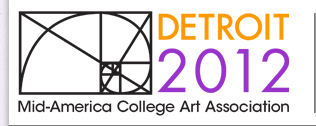Session Title
Art and Agriculture
Start Date
5-10-2012 9:45 AM
End Date
5-10-2012 11:15 AM
Session Description
Throughout its long history – from the fifteenth-century peasant farmers featured in the Très Riches Heures du Duc de Berry to the twenty-first century Edible Estates of architect Fritz Haeg – art has looked to agriculture for inspiration. Art historians have often positioned the bucolic farm as a retreat or nostalgic escape from the problems or anxieties produced by the bustling city, studying the rural in subordinate relationship to the urban. Focused on the history of art in the United States since the nineteenth century, this panel will include investigations of the political work done by the pastoral and picturesque landscape, as well as considering expanded aesthetic practices to offer new ways of understanding the relationships between art and agriculture.
List 1: Participants
Art and Agriculture List 2.docx (141 kB)
List 2: Participant Abstracts
Art and Agriculture
Throughout its long history – from the fifteenth-century peasant farmers featured in the Très Riches Heures du Duc de Berry to the twenty-first century Edible Estates of architect Fritz Haeg – art has looked to agriculture for inspiration. Art historians have often positioned the bucolic farm as a retreat or nostalgic escape from the problems or anxieties produced by the bustling city, studying the rural in subordinate relationship to the urban. Focused on the history of art in the United States since the nineteenth century, this panel will include investigations of the political work done by the pastoral and picturesque landscape, as well as considering expanded aesthetic practices to offer new ways of understanding the relationships between art and agriculture.

